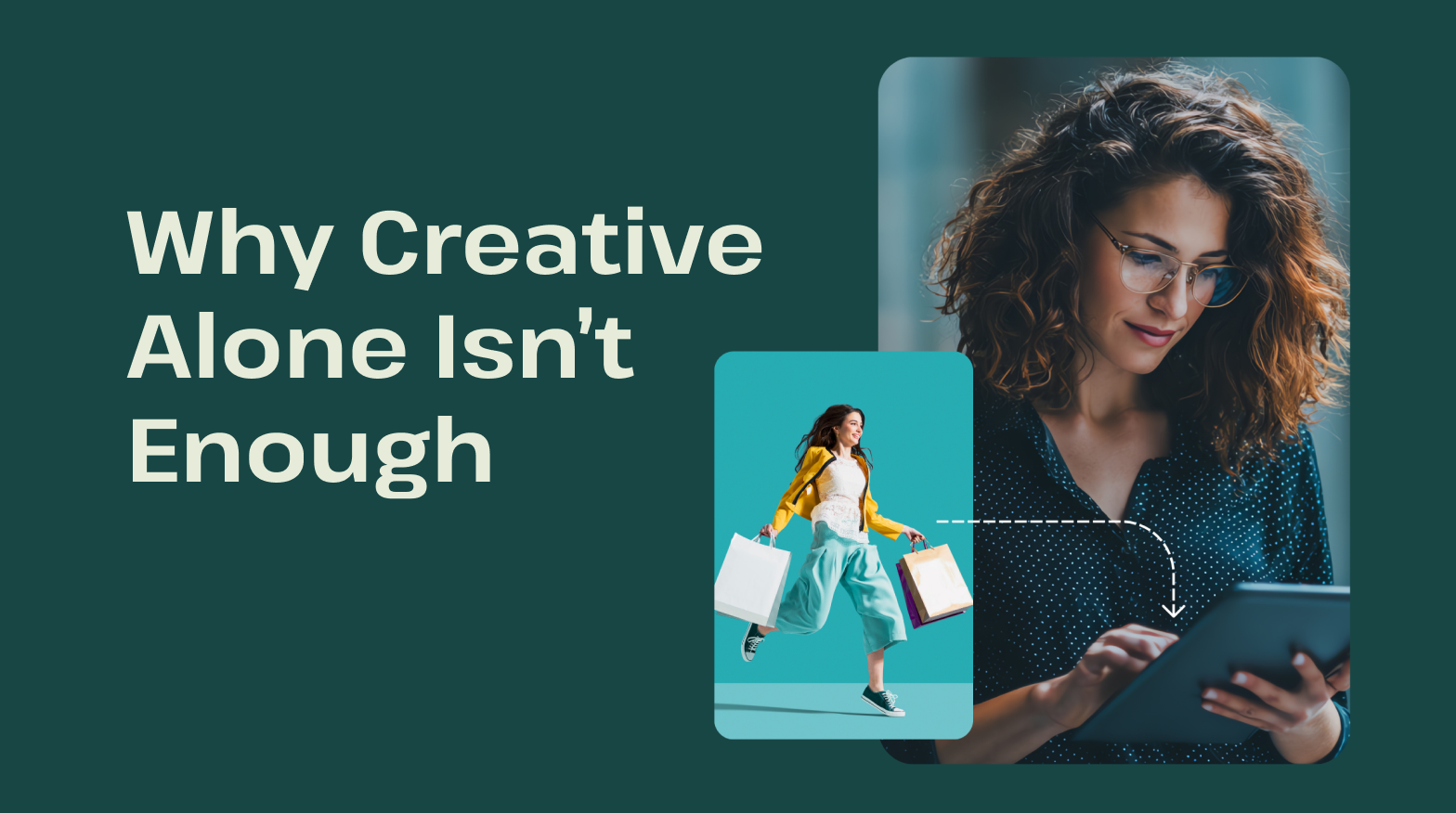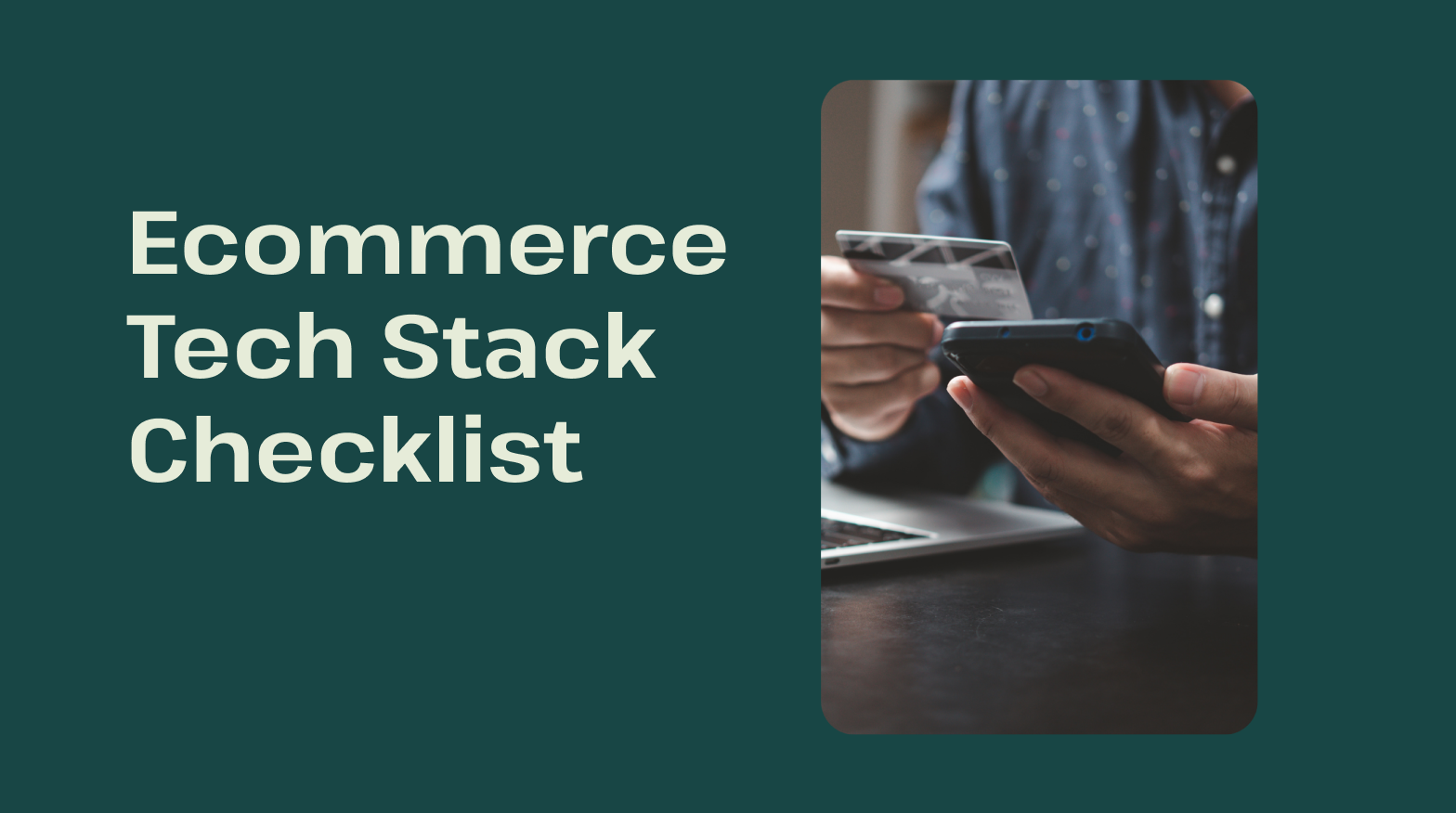We’ve all been there—staring at that hero image for the fifth hour straight. Moving the logo two pixels left. Debating whether “Shop Now” converts better than “Get Yours.”
The pressure is real: one chance to convert, one piece of creative content that has to carry it all. That pressure drives teams to overthink every creative decision, convinced that perfection is what sells.
But it’s not. Customers rarely convert from a single ad or image. By the time they buy, they’ve seen five other touchpoints and forgotten the one you obsessed over.
The real driver of growth isn’t flawless creative—it’s getting the right message in front of the right people at the right time. And that only happens with smarter targeting.
Wasted Spend: Reaching The Wrong Audiences With Beautiful Creative
Without accurate targeting, great creative treats researchers and ready buyers exactly the same—and both audiences lose interest.
Picture a campaign for water bottles that reaches three very different shoppers: one replacing a bottle before a trip tomorrow, one comparing sizes to see what fits their new bike, and one casually browsing to see if they should upgrade.
The same ad reaches them all, but only one is ready to purchase.
One creative ad can’t possibly speak to all three needs. A “limited-time offer” may convert the serious shopper while annoying researchers and casual browsers. Detailed temperature retention specs might hook the browser while overwhelming the shopper who needs any functioning bottle today.
Each irrelevant impression chips away at ROI. Without targeting based on intent and behavior, brands end up with generic, inefficient messaging that doesn’t convert.
Slow Optimization: Waiting For Algorithms While Competitors Scale
Platform algorithms need data to work. To optimize properly, they need 50+ conversions per week. For smaller brands, gathering enough conversion data can take months.
Consider a new DTC brand launching with a $5,000 monthly ad budget. At a $50 cost per acquisition, they might see 25 conversions per week—half what Meta needs to exit the learning phase.
Their campaigns stay stuck in optimization purgatory for months, burning through budget without improving performance. Every creative test resets this learning period. Every new audience experiment starts from zero.
This creates a vicious cycle: the brand can’t optimize without data, but they can’t get data without conversions—and they can’t get conversions without reaching qualified buyers. So, they wait.
And by the time their “perfect” creative finally has enough data to optimize, the market has moved on, seasonal trends have shifted, and competitors have already captured potential customers.
Vanity Metrics: Chasing Engagement While Missing Real Buyers
Optimizing creative for engagement delivers the wrong kind of success. An ad packed with clever copy and standout visuals might rack up spectacular click-through rates, but zero sales.
Imagine a skincare brand running a “glow-up challenge” video campaign. The ads flood social feeds with likes, shares, and comments from people admiring the visuals—but viewers aren’t in the market for new products. Engagement skyrockets, yet sales stay stagnant.
The behavior you optimize for is the behavior you’ll keep getting. When campaigns chase clicks instead of conversions, they train algorithms to find more window shoppers, not buyers.
The people most likely to engage aren’t necessarily the people most likely to purchase. Without intent data to guide your targeting, you’re just creating expensive entertainment for audiences that were never going to convert.
Creative isn’t the issue—it’s precision.
Pair Creative With Purchase Data For Immediate, Measurable Results
So if creative perfection isn’t the answer, what actually drives growth? The brands seeing real results have figured it out: Growth comes from matching your message to what people actually buy, not what demographics predict.
That’s exactly what one healthy snack brand recently discovered. They hit a classic roadblock: one product with two audiences. Their snacks appealed to both keto dieters (low-carb) and fitness enthusiasts (high-protein), but the brand couldn’t figure out which message to lead with.
Many brands would spend months solving this problem. And while they commission surveys, run focus groups, and launch endless A/B tests, competitors race ahead.
But this brand took a faster route. Using GoAudience’s purchase history data, the team identified who was buying what. One segment regularly stocked up on keto staples like low-carb breads, sugar-free snacks, and MCT oil. Another segment filled their carts with gym supplements like protein powder, pre-workout formulas, and recovery drinks.
Right away, the brand created targeted campaigns for each group. Keto buyers saw messaging around carb counts and maintaining ketosis. Fitness buyers saw protein and post-workout recovery content.
The outcome was immediate: cleaner targeting, stronger engagement, and no wasted spend explaining keto science to gym buffs or protein benefits to carb-counters. Spending data doesn’t lie—it shows who’s valuable, what drives them, and why.
Aim For Message-Market Over Creative Excellence
Don’t ask, “How perfect is our creative?” Instead, ask, “How can we match our creative to the right audiences?” This mindset shift can change everything about how brands approach their campaigns.
Socialistics, a healthcare recruiting agency, saw this play out firsthand. Finding qualified nurses across different specialties and locations was challenging. And with Meta’s limited targeting options, they were burning budget to reach unqualified candidates.
A creative-only approach would’ve meant endless tweaks, like new headlines, fresh images, and different color palettes. But these changes wouldn’t fix the real performance issue: broad targeting. Costs would stay high, and most applications would still come from the wrong candidates.
Instead of trying to perfect one generic recruitment ad, Socialistics used GoAudience’s first-party data to build precise audiences from existing data sets. By matching their messaging to people actively looking for healthcare employment, the team reached qualified nurses, nursing students, and medical professionals. Every impression went to someone ready to engage.
The result? Socialistics saw their cost per acquisition drop from $0.80 to $0.34 (a 57% decrease) within 50 days. What drives performance isn’t perfect fonts, flawless layouts, or pristine imagery. It’s messaging, word choice, and tone matched to the right visitors. Relevance beats creative perfection every time.
Unlock Enterprise-Level Targeting With GoAudience
While other brands rely on interest-based guesswork and algorithms that take weeks to learn, GoAudience gives you access to purchase data from 220 million consumers—insights that once required $500K enterprise contracts.
With 30–40% visitor identification rates (vs. the 20% industry average) and patent-pending traffic scoring technology, you can identify high-intent buyers from day one—no seed audience required.
That precision turns campaigns into profit—and your creative assets keep paying off long after launch. You focus spend where it counts, reach audiences ready to convert, and stop wasting budget on the rest.
Ready to see how GoAudience turns every creative dollar into performance? Try GoAudience free today.




